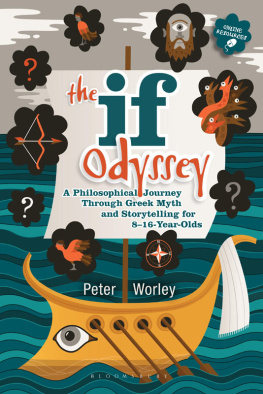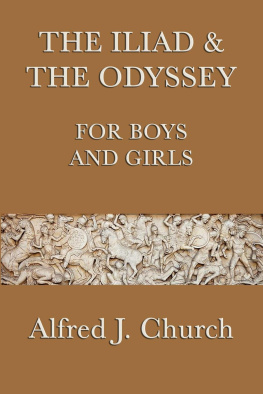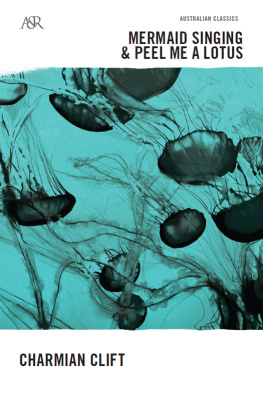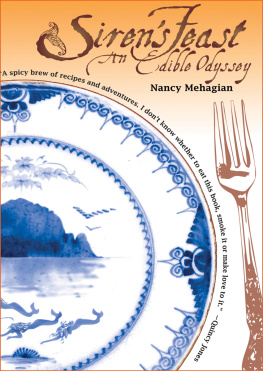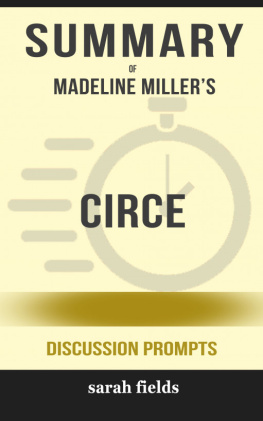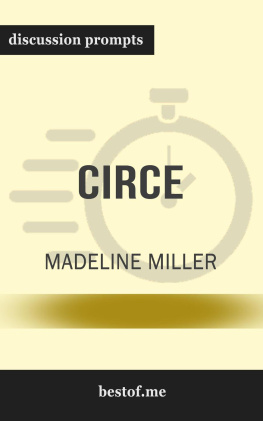
In the book The If Machine I made metaphorical use of another Greek myth, that of Ariadne, Theseus and the labyrinth, to make two points about facilitation: the twin ideas of absence and navigation. You may recall that Ariadne provided Theseus with the tools for navigating his way out of the maze but was crucially not there when he did so. Good facilitation is about the extent to which you are not present as much as it is about your effective presence and that the artistry is in getting that balance right: being present but hidden. This section will provide a summary of good facilitation practices that can be found in more detail in The If Machine, but if you do not have access to the other book then this should give you what you need to begin the art of facilitation.
Quick guide on how to run a PhiE session using The If Odyssey
1 The Talking Circle: Sit your class in a circle or horseshoe shape. Eye contact is very important if you want successful discussion-based sessions.
2 Tell your story. See the Storykit section for suggestions of how to do this effectively.
3 The PhiE Section: Stop the story at the appropriate time as indicated in the chapters to run the PhiE part of the session. You do not need to memorise this part.
4 Task Question: Do any necessary set-up, then ask the Task Question (abbreviated to TQ from here on), writing it up clearly on the board.
5 Talk Time: Allow two minutes or so where the children speak to each other in pairs or small groups. Take this opportunity to find out what individuals think.
6 Gain their attention: After a couple of minutes of Talk Time use a visual signal explained at the outset to get the classs attention.
7 Begin The Enquiry: Remind them of the TQ and begin the enquiry (see speaker management below).
8 Facilitate the Enquiry: Allow as many of the children as possible to speak though it should not be mandatory and use the basic strategy of anchoring and opening up or if-ing, anchoring and opening up (see page 18) to facilitate the discussion. But remember not to say what you think! Your job is to facilitate a dialogic discussion between the children one that is structured, disciplined and rigorous, and that is built naturally and step-by-step from comments and responses made by the children.
9 New Task Questions: If a new TQ emerges from the discussion, or you want to move to a further TQ from the book, then set the new TQ and repeat the process from step 4.
10 Finish the story: If necessary, leave enough time to continue with whats left of the story before ending the session.
Getting to the heart of the matter from in the story to out of the story
A good starting place for a PhiE is a concrete question, one that is clearly grounded in the story. The question Should Odysseus drink the juice or not? in The Lotus Eaters session (page 39) is a question of this sort. However, a good philosophical enquiry (and the mark of a good philosophy facilitator) is one that moves from the concrete to the abstract, in other words, from in the story to out of the story. Questions such as Is happiness the most important thing? are abstracted out of the story and are much more general questions about the nature of the value of happiness. These kinds of question get to the heart of the matter and are less likely to run into irrelevance. For example, I have heard discussions around the following question: If there was a pill that made you always happy would you or should you eat it? where the childrens concern moved from the importance of happiness to whether you should eat things when you dont know where they have been? The Nested Questions in each Chapter lists further questions that could provide opportunities to move the discussion out of the story and closer to the heart of the matter, philosophically speaking. However, in order to make the discussions accessible, many of the starting Task Questions begin in the story.
Speaker management
I like to pass a ball to speakers so that there is a clear visual indication of whose go it is. However, there are many ways that speakers can be managed. The standard method is to ask for hands up those who want to speak. But beware! This method alone as with any single method of speaker management will result in only a certain group of children contributing. Change your speaker management method periodically to enable different speakers to access the discussion the aim (though not the requirement) being to have everyone contribute during a session. For instance, why dont you occasionally ask for hands down and then pass the ball randomly, making sure that they know they can pass the ball back if they really dont want to say something (random selection method)? Or, why dont you ask for hands up from only those who have something to say in response to the last speaker (response-detector method)? There are many other kinds of speaker management methods, so research, find out more and try things out (see The If Machine Speaker Management for much more on this). The key is: keep changing your speaker management method, but not too often.
Key facilitation questions to ask yourself to help monitor your own progress
Would an observer know what I think about the issue under discussion? (They shouldnt be able to tell.)
Have the children said back to me what I think rather than what they think? (Again, they shouldnt know what you think.)
What questions can I ask to move things on?
Is there any information I need to teach for the discussion to be able to develop? (Remember to minimise teaching during PhiE discussions.)
Are there any strategies I can use to help develop this discussion? (For example, Carve it up on page 16 or Break the Circle on page 15, etc. See The If Machine for many more.)
How can I get the children to challenge for themselves a point raised in the discussion? (Try not to do this yourself.)
Do they need some Talk Time?
Am I talking too much? Are they talking enough?
Are the children putting their hands up? If not, why not?
Is the Task Question clear? (Clearly articulated and written up.)
Do I need to introduce a new Task Question? (Either from the Nested Questions list or as an emerging question from the discussion.)

It was not an arbitrary decision to combine the Odyssey with storytelling. First of all, the Odyssey was told as part of an oral tradition in Ancient Greece for many hundreds of years before it was eventually written down. The written version that we know was therefore the product of a storytelling tradition. Second, Homer is also something of a mythological character having been storied to a greater or lesser extent himself, there being reason to believe that Homer in fact lived hundreds of years before either the Iliad or the Odyssey were written down.
The links to storytelling are not just historical but can be found threaded throughout the story itself. We find that the Odyssey begins with the words Tell me an appeal from the storyteller to the Muse to give the storyteller the story. The character of Demodocus, himself a blind storyteller, mirrors the portrait we have of Homer, also thought to be blind. During the scene of feasting in the court of Alcinous, Demodocus has to cease his storytelling in order to hand over to Odysseus the storyteller. This means that we find, within the

